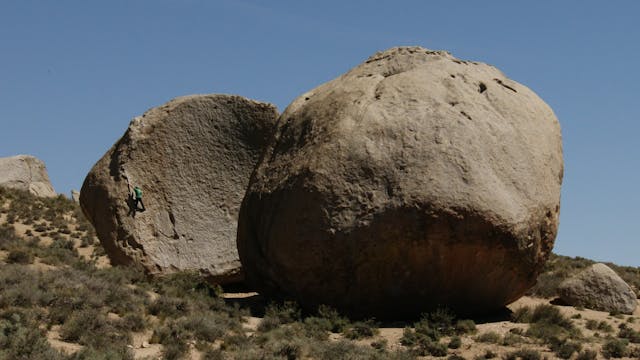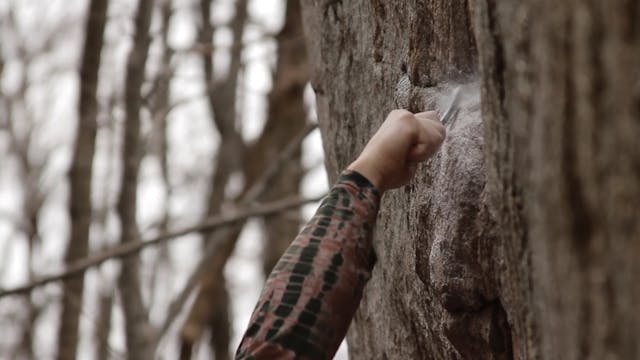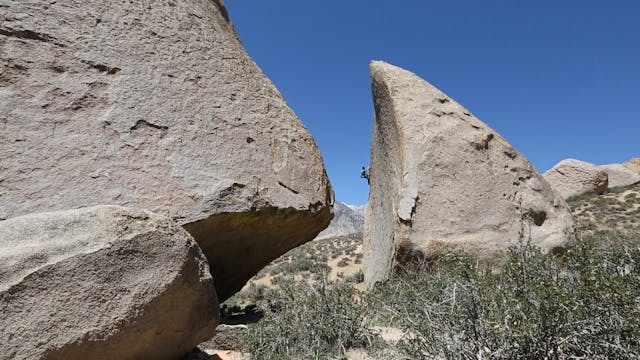Bouldering: 1. Crash Pads
Bouldering
•
1m 26s
Crash Pads are an important tool, and useful in risk assessment.
A few factors to consider when using crash pads:
1. Which landing areas need padding?
2. Will the pad’s location disturb plants or animals around the boulder?
3. Is one crash pad enough protection, or will you need to “stack pads” to make a thicker landing zone?
Positioning the pad is critical for whenever the climber is in the “fall zone”. The fall zone could be just off the ground (such as the beginning of a “sit start” boulder problem), or in the middle of a cruxy section of the climb, or when a climber is topping out the boulder problem. The downclimb might also require proper padding. If using a single crash pad, the partner (“spotter”) might be required to quickly and carefully move the pad multiple times while the climber continues the boulder problem.
The easiest way to improve crash pad placements is by making sure the pad is always located under the climber’s hips. Falling on uneven landing, or on the edge of the pad, leads to serious consequences. Make sure you have a flat landing beneath the climber, with the pad centered on the climber’s body or fall trajectory.
If worried about landing between two pads, there is a special pad called a “seam-sealer”, which companies (like Organic climbing) make specifically to protect climbers. These seam sealer pads can also be useful in protecting “sit starts”, and other awkward situations.
And please don’t drag your pads. This erodes the ground, and can possibly affect climbers’ access to certain ecological areas. Remember the ethic of “Leave No Trace”.
We hope you found this video helpful. Feel free to comment below with questions or thoughts!
Please remember, climbing is inherently dangerous. Climb at your own risk.
Up Next in Bouldering
-
Bouldering: 4. Risk Assessment
Bouldering, while not as high in the air as other types of climbing, is no less dangerous.
Most common outdoor climbing injuries stem from boulder falls. Give extra consideration to your surroundings when bouldering.
Below are a few things to consider when assessing the risks of each boulde...
-
Bouldering: 5. Brushing Holds
Whether climbing outdoors or indoors, brushing excessive chalk off the holds is typically a smart idea. The more chalk on a hold, the less friction you have with the stone or the plastic.
Below are a few things to consider when brushing holds:
1. Plastic bristles can wear down the natur...
-
Bouldering: 6. High Balls
A “high ball” refers to boulder problems generally above 15 or 16 feet, or with a top-out approximately 5 meters high (or higher). Another way to think of “high balls”, is an un-roped climb that is 3x your height, or taller.
Below are a few things to consider when climbing high balls:
1....


